Whitewall tires are an iconic feature of classic cars, instantly recognizable by their distinct aesthetic. These tires not only served a practical purpose but also became a symbol of style and status during the mid-20th century. The history and significance of whitewall tires reveal how they evolved into a staple in the automotive world, embodying an era of elegance and innovation.
The Origins of Whitewall Tires

Early Development
The journey of whitewall tires began with the invention of pneumatic tires in the late 19th century. Initially, tires were made entirely of white rubber, which was the natural color of rubber before carbon black was added to improve durability and longevity. White rubber was used for its cost-effectiveness and durability, which made it an ideal choice for tire sidewalls. The manufacturing process involved layering white rubber on the sidewalls, which became a distinctive feature that set these tires apart from others.
The introduction of carbon black around 1910 enhanced the overall quality of tires by increasing their strength and resistance to wear. However, this material was only applied to the tread area, leaving the sidewalls white. This resulted in the classic whitewall design that we recognize today. The contrast between the black tread and the white sidewall not only provided durability but also a unique visual appeal.
Initial Popularity
During the 1910s and 1920s, whitewall tires began to gain popularity, especially among luxury vehicles. Brands like Rolls-Royce and Packard were early adopters, opting for these tires to emphasize the elegance and prestige of their automobiles. The use of whitewall tires was initially a trend among high-end manufacturers, setting a standard that other car companies were eager to follow. This period marked the beginning of whitewall tires as a symbol of luxury and sophistication.
The distinctive look of whitewall tires quickly caught the attention of consumers who perceived them as a mark of status and quality. As more prestigious brands adopted whitewalls, their allure spread, influencing other manufacturers to include them as an option for discerning customers. This trend continued to grow, cementing the place of whitewall tires in the automotive landscape.
Cultural Significance and Style

The Golden Age of Whitewalls
The period from the 1930s to the 1950s is often referred to as the golden age of whitewall tires. During this time, these tires became synonymous with elegance and sophistication. They were featured prominently in movies and advertisements, often showcased on luxurious cars driving along picturesque roads. Hollywood played a significant role in promoting the fashionable image of whitewall tires, with stars of the silver screen frequently seen driving cars equipped with these stylish additions.
As the automotive industry grew, so did the influence of popular media in shaping public perception. Whitewall tires were no longer just a functional component; they had transformed into a style statement. The combination of sleek car designs and the striking appearance of whitewall tires made them a sought-after feature, representing a blend of utility and glamour.
Symbol of Status
Owning a vehicle with whitewall tires during this era was more than just a choice; it was a declaration of status and personal wealth. These tires were often associated with affluent individuals who took pride in their automobiles. The high cost of maintaining the pristine white appearance added to their exclusive appeal. As a result, whitewalls became a common sight at classic car shows, where collectors and enthusiasts gathered to admire and showcase their prized possessions.
Classic car aficionados continue to cherish whitewall tires for their historical value and aesthetic appeal. They are a staple at vintage car exhibitions, where they are celebrated as symbols of a bygone era. The allure of whitewall tires endures, with many enthusiasts choosing them to complete the authentic look of their restored vehicles.
Technological and Material Advances

Transition to Radials
The introduction of radial tires in the 1960s marked a significant shift in tire technology. Radials offered improved performance, better fuel efficiency, and a smoother ride compared to traditional bias-ply tires. This transition had a profound impact on the production of whitewall tires, as manufacturers began to focus on the advantages of radial technology. As a result, the once-dominant whitewall tire began to see a decline in popularity.
Advancements in tire materials also played a role in the diminishing presence of whitewall tires. As manufacturers experimented with new compounds and construction methods, the emphasis shifted towards creating tires that prioritized performance over aesthetic appeal. Despite these changes, a niche market for whitewall tires persisted, catering to classic car enthusiasts who valued their distinctive appearance.
Modern Manufacturing
Today, the production of whitewall tires continues, albeit on a smaller scale. Companies like Coker Tire specialize in manufacturing whitewall tires for classic and vintage cars, ensuring that these iconic features remain available for those who seek them. The process of creating whitewall tires has evolved, with modern techniques allowing for greater precision and consistency in production.
While the mainstream automotive industry has largely moved away from whitewall tires, their presence in the niche market highlights their enduring appeal. Classic car restorations and custom builds frequently incorporate whitewall tires to achieve an authentic and personalized look. The continued demand for these tires underscores their lasting impact on car culture.
Revival and Nostalgia

The Retro Appeal
In recent years, there has been a resurgence of interest in whitewall tires as part of the vintage and retro car movement. New generations of car enthusiasts are drawn to the nostalgia and charm that these tires evoke. The distinctive style of whitewalls complements the aesthetic of classic cars, enhancing their visual appeal and connecting enthusiasts with a rich automotive heritage.
This renewed interest is evident in the popularity of vintage car events, where whitewall tires are prominently featured. Enthusiasts are embracing the opportunity to relive the glamour of the past by fitting their vehicles with these iconic tires. The retro appeal of whitewalls continues to capture the imagination of those who appreciate the artistry and craftsmanship of classic car design.
Customization and Personalization
Today, whitewall tires serve as a form of personal expression and customization among classic car owners. The availability of these tires for restoration projects and custom builds allows enthusiasts to tailor their vehicles to reflect their unique style and preferences. Whitewall tires are not only a nod to the past but also a canvas for creativity and individuality.
Many car owners choose whitewall tires to enhance the authenticity of their restorations, while others incorporate them into custom designs to create a distinctive look. The versatility of whitewall tires makes them a popular choice for those who wish to stand out and make a statement with their vehicles. This ongoing trend highlights the timeless appeal of whitewalls and their ability to adapt to changing tastes and styles.
The Future of Whitewall Tires

Sustainability and Innovation
As the automotive industry focuses increasingly on sustainability, the production of whitewall tires is being re-evaluated to address environmental concerns. Manufacturers are exploring ways to make the process more eco-friendly, such as using sustainable materials and reducing waste. These efforts aim to ensure that whitewall tires can continue to be enjoyed by future generations without compromising the planet’s health.
Innovation in tire technology could also play a role in reviving whitewall tires for mainstream use. As new materials and manufacturing techniques are developed, there is potential for whitewall tires to be reintroduced with improved performance and durability. These advancements may pave the way for a new era of whitewall tires, blending the classic appeal with modern functionality.
Continued Legacy
The legacy of whitewall tires is a testament to their enduring appeal and significance in automotive history. These tires have left an indelible mark on car culture, symbolizing elegance, style, and innovation. As the automotive landscape continues to evolve, the charm and mystique of whitewall tires remain a source of fascination for enthusiasts and collectors alike.
Speculating about the future, whitewall tires may continue to evolve to meet the demands of car enthusiasts seeking authenticity and style. Whether through sustainable manufacturing practices or innovative designs, the story of whitewall tires is far from over. Their place in automotive history is secure, and they will likely continue to captivate those who appreciate the timeless elegance they represent.
Like Fast Lane Only’s content? Be sure to follow us.
Here’s more from us:
*Created with AI assistance and editor review.

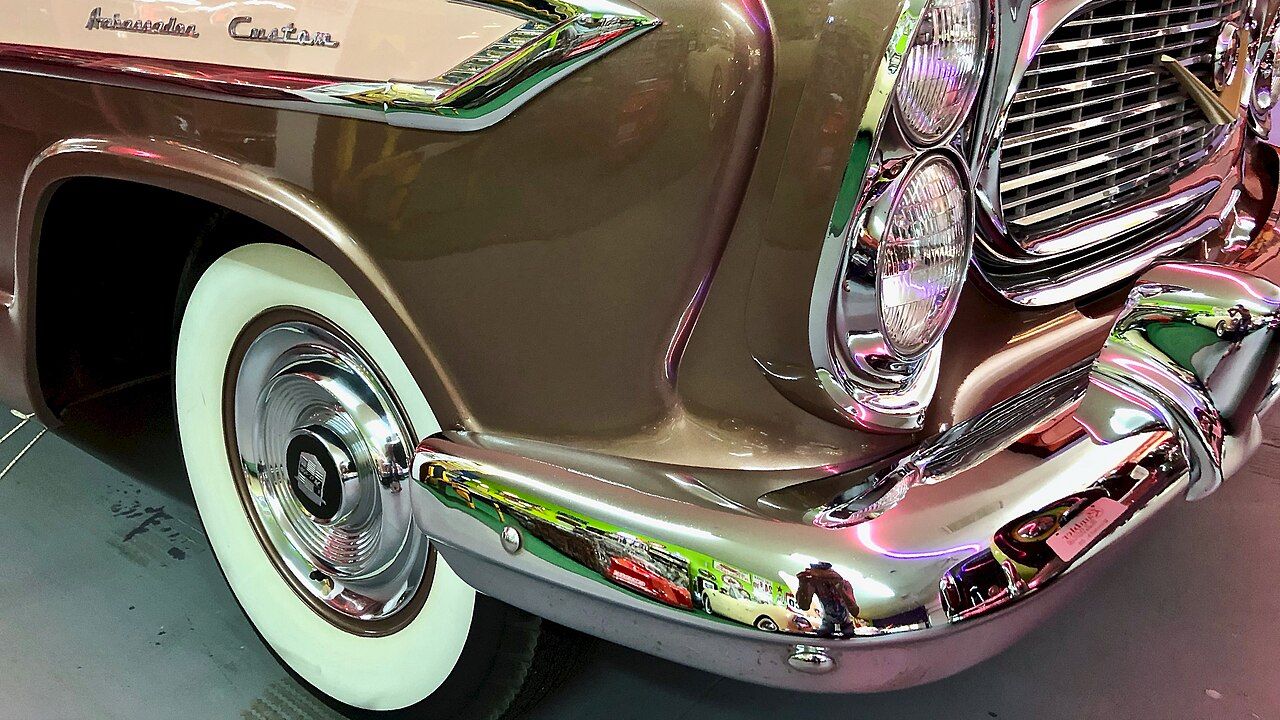
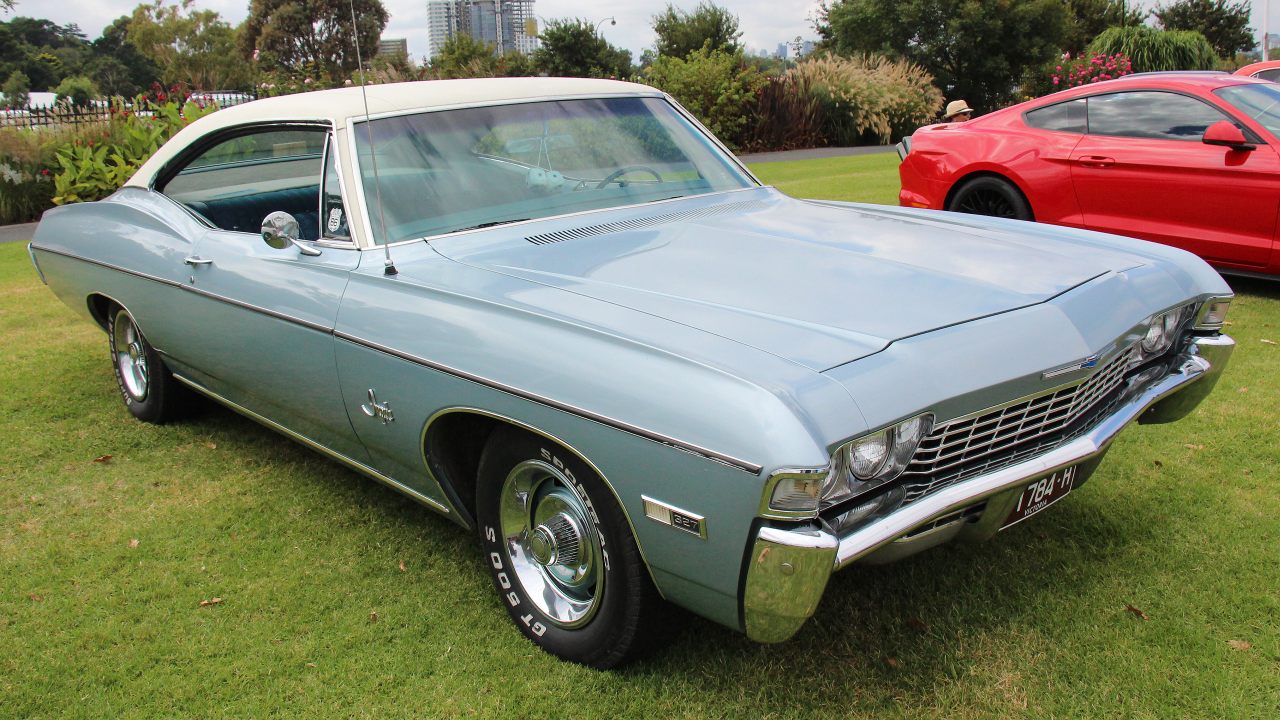
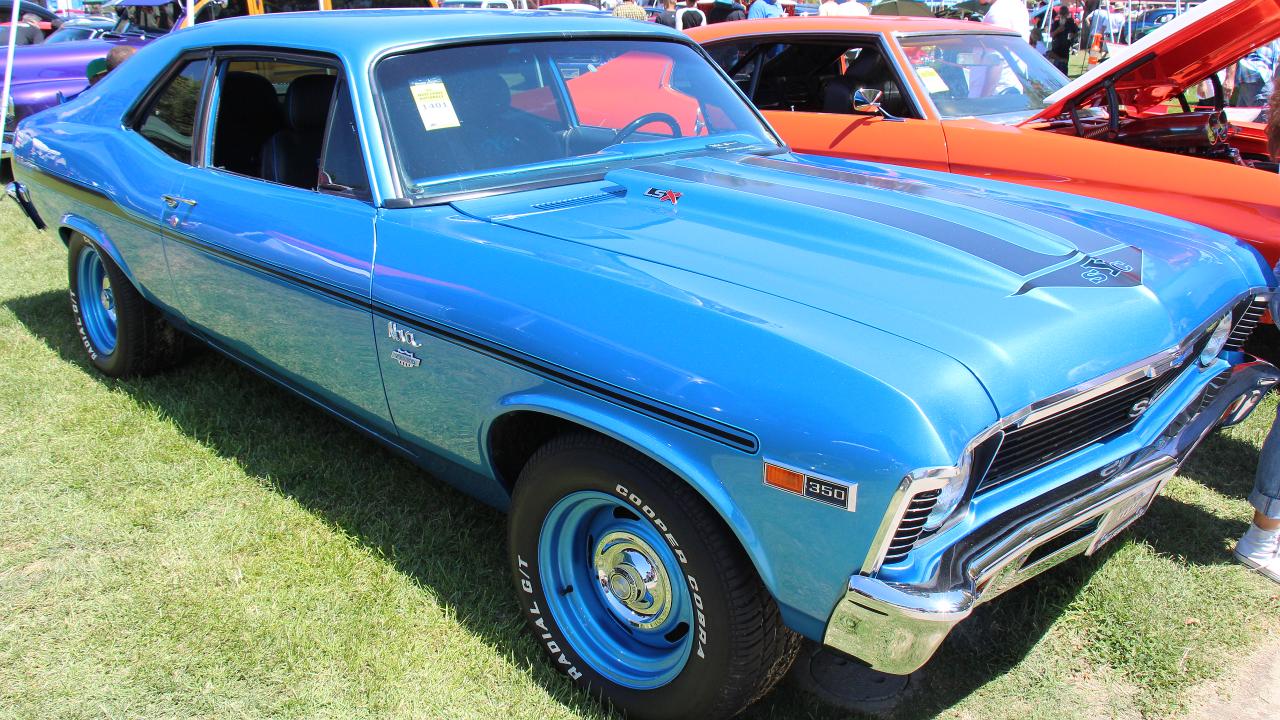
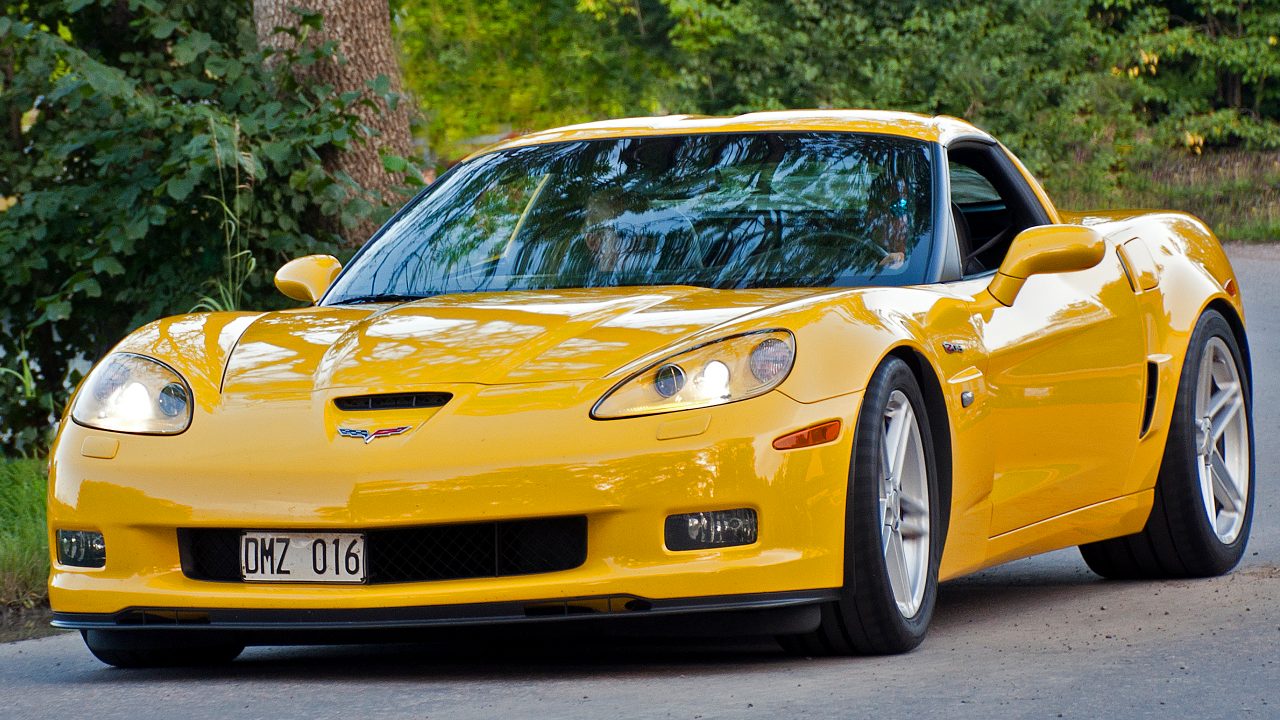

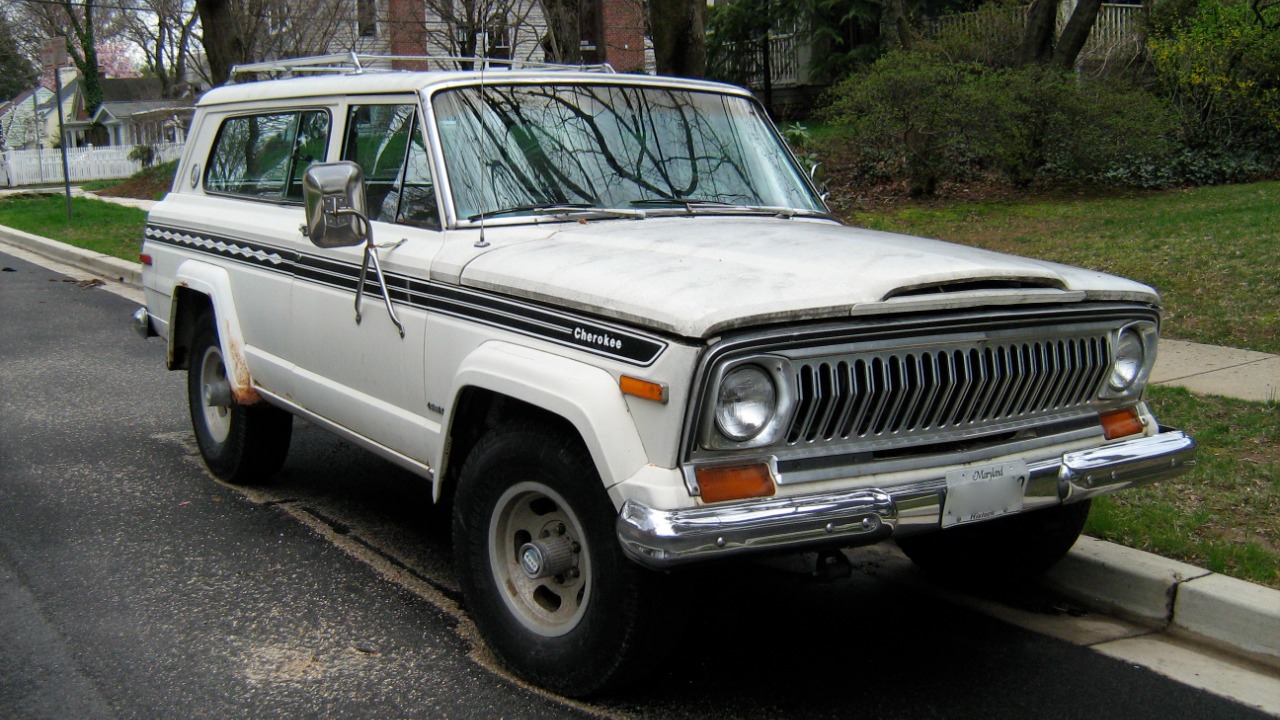
Leave a Reply